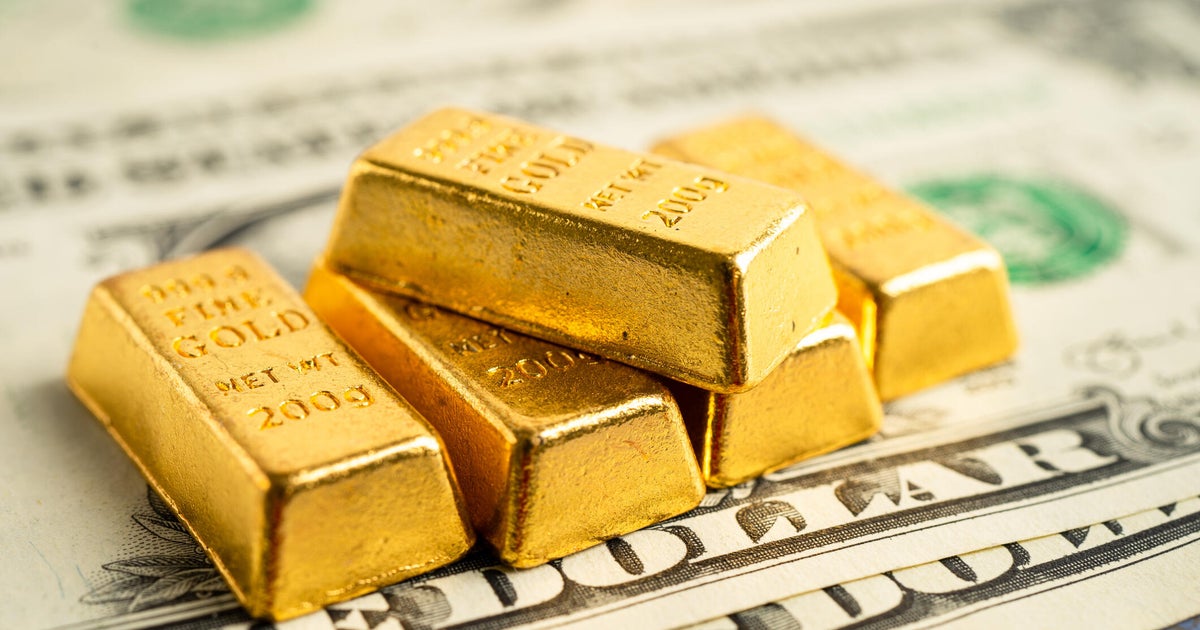

No response returned

The surpassed yet another record in April, hitting the for the first time. That came just weeks after it surged past the , which itself followed multiple new price records earlier in 2025 and throughout 2024. Starting at just $2,063.73 per ounce in January 2024, gold was priced at $3,309.26 for the same amount as of May 22 – a more than $1,240 price markup in less than 18 months. Put another way: The price of gold has surged by 60% and there's no end in sight for how high the price will go.
Or is there?
In times of remarkable price growth, assets like gold can take on an almost mythical feel. But this perception isn't always based in reality, and it can cloud the judgment of even savvy investors, let alone just getting started in the gold market. In these instances, a gold investment in the wrong amount or price could easily damage your wider portfolio. To avoid this, then, it helps to know some gold price myths and the realities behind them. Below, we'll examine three myths worth knowing right now.
.
Here are three timely gold price myths investors should know the truth about now:
Yes, over time, gold's price always rises. But that's over an extended period of months and years. There will be dips in the prices as part of its overall upward trend, as was seen as recently as by more than $225 from its high in early May. And while that drop has largely been erased since, it would be misleading to claim that gold's price always rises. It doesn't. Declines will occur from time to time. You'll just need to be strategic about when you get invested and look for those drops to exploit because they tend to evaporate relatively quickly.
.
Gold tends to have a positive in the sense that as it rises, investors tend to move toward like gold. And that increased demand causes the price of gold to rise in response. But this isn't a concrete rule, and it's a bit of a myth to assume it is. After all, the recent gold price increases in 2025 came despite the inflation rate declining in February, March and April. So, generally, while a spike in inflation could cause gold to become more expensive, it doesn't always happen that way, as recent investors saddled with higher entry price points despite a cooling inflation rate have recently discovered.
In theory, this makes sense. It's almost always better to invest before the next price surge than during it, regardless of the asset in question. The problem is that, as mentioned above, the price of gold only tends to rise over time, even if that progression isn't always directly upward. Waiting for the price of gold to adjust downward in a material way as you would, for example, if looking to buy stocks, bonds or real estate isn't really applicable in the gold market. So it's misleading, if not directly a myth, to say that it's . Not only may that opportunity never materialize in the cost-effective way borrowers are hoping for, but they'll also simultaneously miss out on the gold investment protections that they already need in the interim.
Don't let the remarkable price run gold has been on misinform your understanding about the precious metal and its cost. By understanding these three common myths and applying them to your own approach to a gold investment you'll better improve your chances of success while maintaining a realistic understanding about what gold can and can't do for your wider portfolio.





